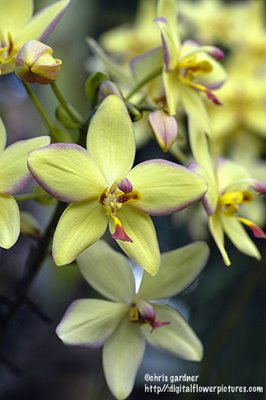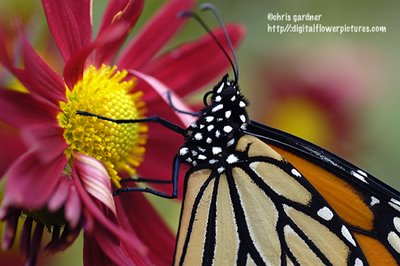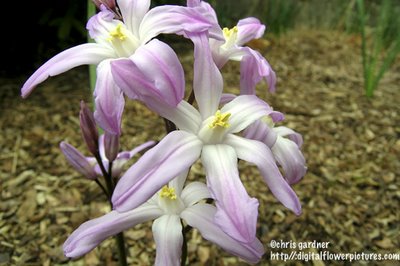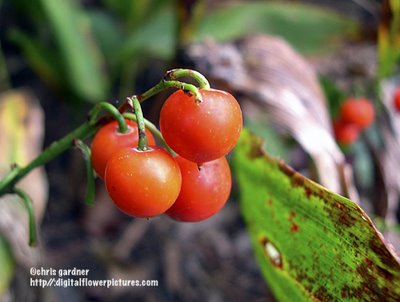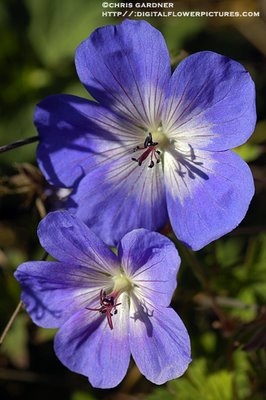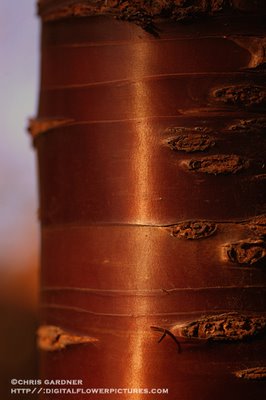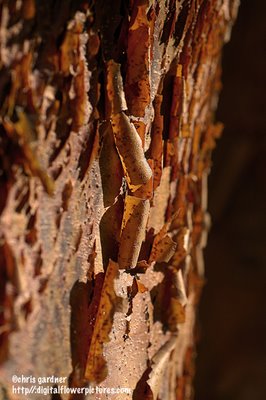
Paperbark Maple
Acer griseum
(AY-ser) (GREE-see-um)
I could have used a little bit more depth of field on this photo. I probably also could have taken it nearer sunset when the setting sun lights up the peeling bark like fire. This is a fine little Maple for just about any garden setting. In addition to the beautiful bark, the fall color and the emerging new growth are all showy. It truly is a tree for all seasons as during the summer the green foliage is nicely shaped and remains clean and handsome looking. I have seen the oldest and probably largest specimen of Acer griseum in the United States. It is located at the Arnold Arboretum in Boston. The famous plant collector Ernest Wilson discovered the tree on a trip to China and the Arboretum introduced the tree to North America in 1907. Funny thing about the old specimen was that the trunk had turned a kind of a sunburned color and most of the flaky parts were high in the air. So I actually enjoy a smaller specimen where the exfoliating bark is closer to the ground. My Paperbark goes well in a part shade but the tree can take full sun (in this area). It can grow in moist areas but mine is located in a fairly dry area. Basically it is not a real fussy tree. It had to get transplanted after about 5 years of being planted to get some pipes through the area. That was 7 years ago and while that slowed it down it is still growing strong.
